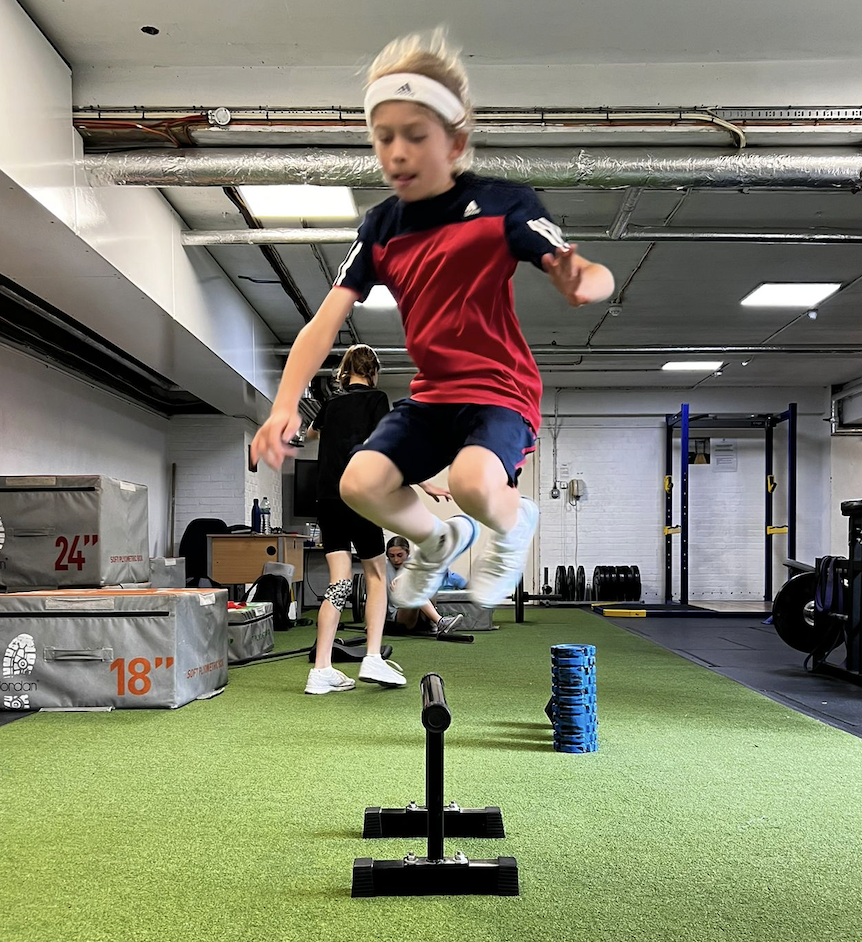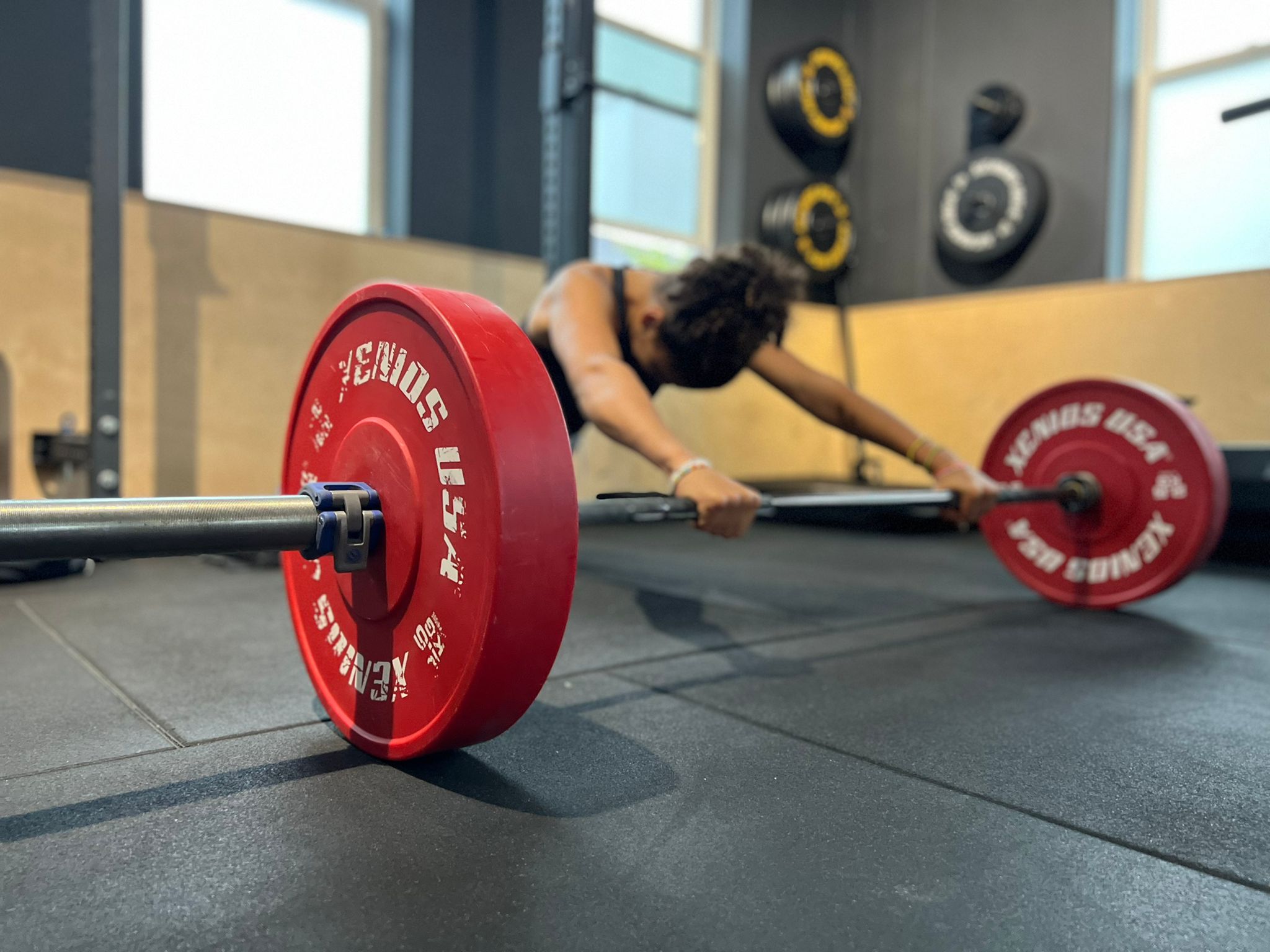

Training the Growing Athlete
At Move4Sport, one of the most important parts of our work is understanding how young athletes grow — not just in skill, but in their bodies. Growth and maturation can have a huge impact on how a young person moves, trains, and performs. Knowing how to adapt training to these changes is key to keeping athletes healthy, confident, and developing long-term.
Why Growth Matters
Between childhood and the late teenage years, athletes experience rapid physical changes — but the timing and rate of these changes differ between females and males.
- Females typically begin to reach their Peak Height Velocity (PHV) - the period of most growth through adolescence - around 11–12 years old. Their Peak Weight Velocity (PWV) — the period of fastest weight gain — usually follows about one to one and a half years later.
- Males tend to start later, with PHV around 13–14 years old, and PWV occurring one to one and a half years later, often between 14–15 years old.
- It is important to note that these are only averages and we know first hand maturity and maturation rates vary massively from one person to the next, that's why we regularly track weight, height and seated height to make informed choices around training.

During these years, athletes experience:
- Rapid increases in height and limb length
- Temporary dips in coordination (“awkward” phases)
- Growth-related tightness or pain
- Shifts in body composition and strength
These changes are completely normal — but they mean training needs to stay flexible. The same programme that worked one month might not fit the next.
The Move4Sport Approach
We use a long-term athlete development model built around movement quality first, then strength and skill as athletes mature. Rather than chasing early performance, we focus on building the right foundations at the right time — adjusting for each athlete’s stage of growth.
1. Pre Growth Spurt (Ages 9–11 for females, 9–12 for males)
At this stage, our focus is on movement variety and body control.
Athletes learn to squat, hinge, push, pull, brace, and rotate with good technique — but in ways that feel engaging and enjoyable. Sessions include games and challenges that develop coordination, agility, and balance.
Goal: build confidence, body awareness, and a love for movement.
2. Growth Spurt Years (Ages 11–14 for females, 12–15 for males)
This is the PHV–PWV window — a period of rapid change where the body grows taller, then heavier. Coordination and control often dip temporarily.
Our approach focuses on:
- Maintaining movement patterns through light strength and stability work
- Supporting posture and joint control as limbs lengthen
- Tracking height and weight every few months to monitor PHV and PWV
- Managing fatigue and recovery as the body adapts to new loads
Key goal: help athletes move well in their changing bodies and reduce the risk of overuse injuries (like Osgood-Schlatter’s or Sever’s).
3. Post Growth Spurt (Ages 14+ for females, 15+ for males)
Once growth slows and coordination returns, we can safely increase training load and complexity.
This stage is ideal for developing strength, power and we introduce controlled resistance training, Olympic lifting progressions, and structured conditioning work to progress physical attributes — always ensuring movement quality comes first.
Goal: build the physical robustness to perform and tolerate higher training loads in sport.
Protecting the Athlete for the Long Term
Our goal isn’t short-term success — it’s long-term athletic potential.
By matching training to each athlete’s stage of development, we help them build a resilient foundation for sport and life.
We also recognise that every child’s journey is different. Two 13-year-olds — one male, one female — might be at completely different stages of maturity. That’s why our approach is individualised, tracking growth and adapting training rather than using a one-size-fits-all model.
The Bottom Line
Training a growing athlete isn’t about finding shortcuts — it’s about timing, patience, and progression.
At Move4Sport, we help young athletes build the physical and mental foundations to thrive through every stage of their development, setting them up not just for sport, but for lifelong health and confidence.
These are just some of the brief concepts we think about when training our athletes, the truth is we could write a book detailing every aspect and there is a lot of complexity and nuance! For some more information around these topics such as more detailed sex differences, psychological considerations and a greater dive into growth related injuries contact us and speak to us about our strategy for developing educated, resilient and performing athletes!





